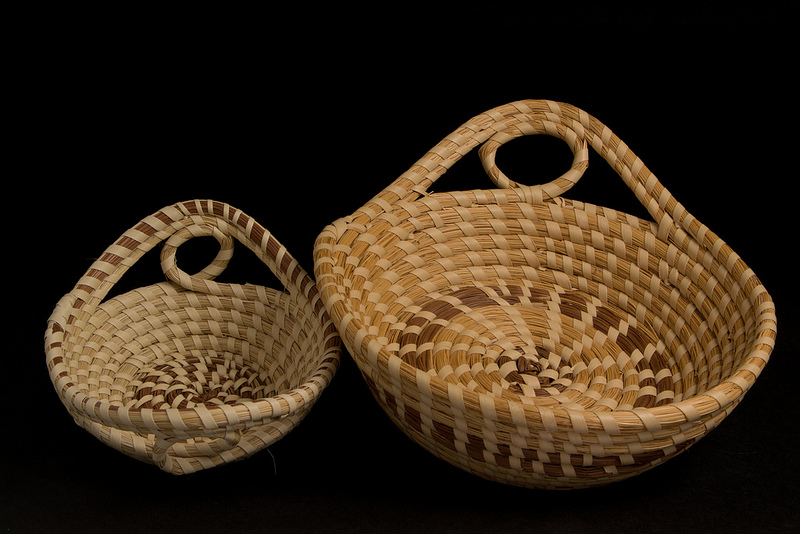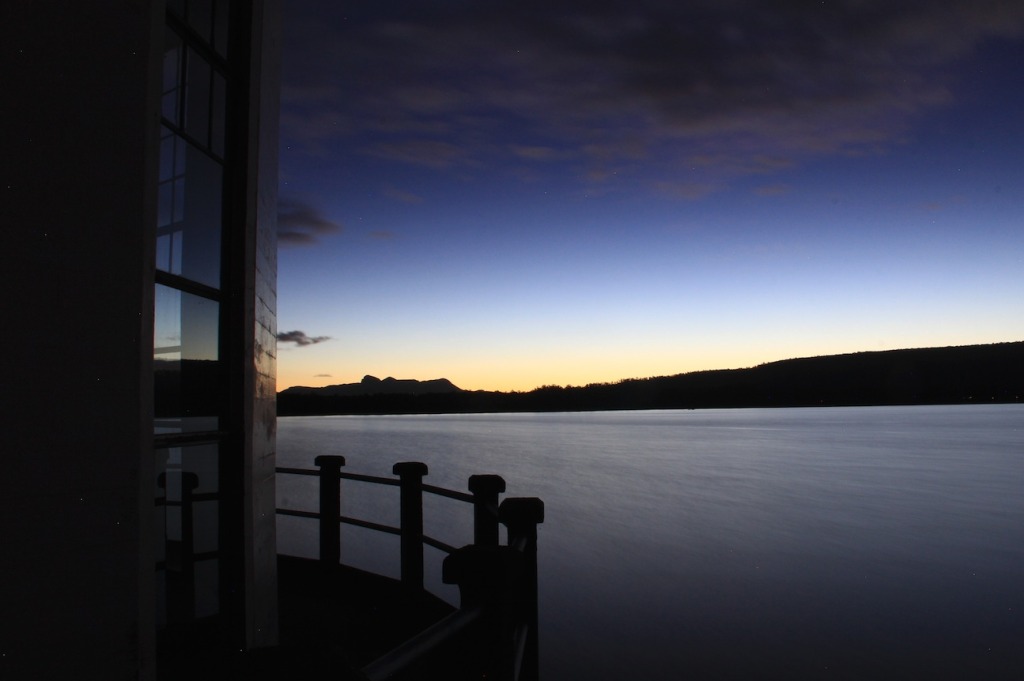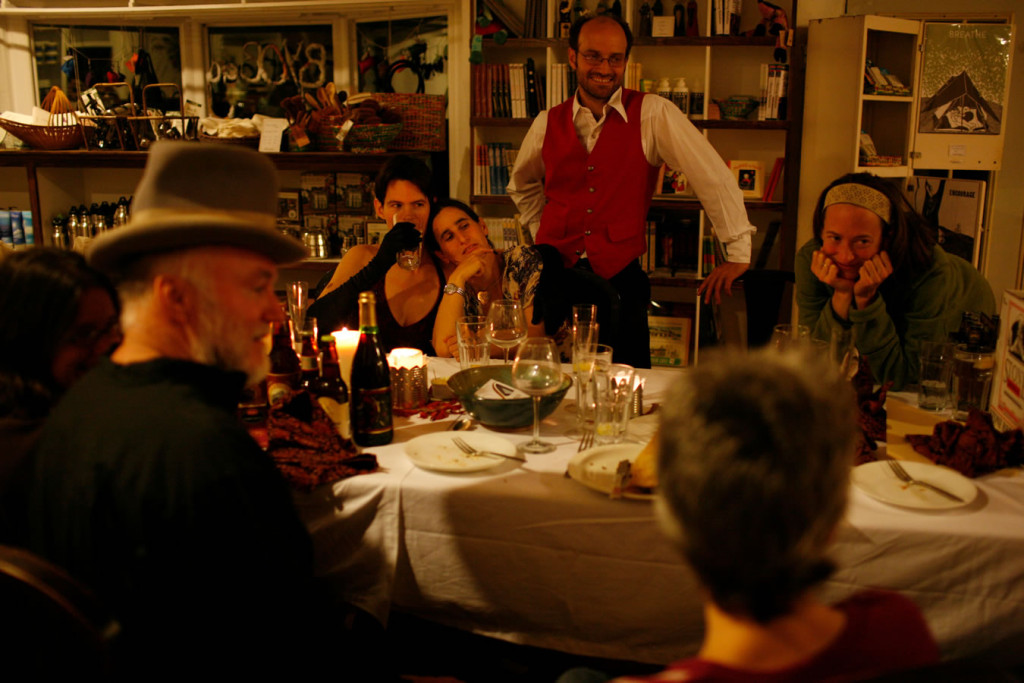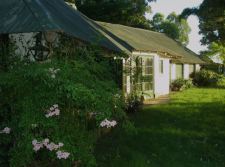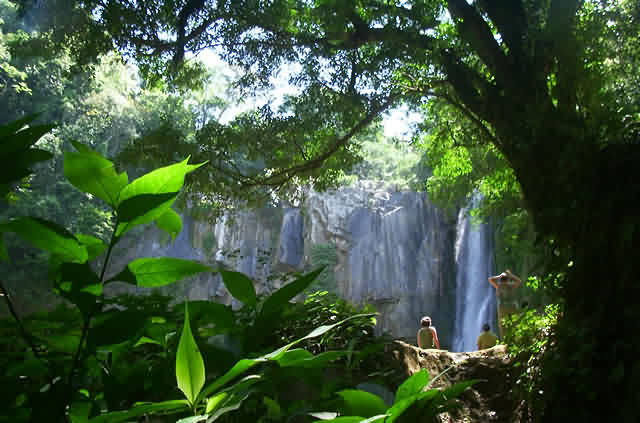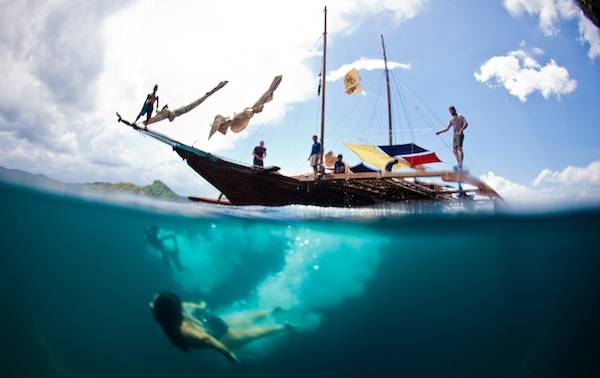Often, a trip to Hilton Head is little more than one long week of golfing. That means you’re endorsing a lot of chemical application to greens, rerouting existing waterways for landscape design, and interrupting ages-old migratory pathways for reptiles.
But to really appreciate the lowcountry — as the region is called by the locals — you need to explore the un-manicured and not-as-frequently visited sites that depict the way that life was before lawn sprinklers, tennis clubs, strip malls, and corporate restaurants.
And, as you do so, you’ll encounter many areas where sustainability and egalitarianism take precedence over privilege and old, separatist culture.
Pinckney Island Wilderness Refuge: This 4,053 acre refuge has few traces of its former plantation identity. Instead, this public use land of salt marsh and tidal creeks, located just half a mile from Hilton Head Island, contains many wonders of the natural world. Brushland, fallow field and freshwater ponds are home to a wide variety of bird and plant life. The U.S. Fish and Wildlife Service reports that wildlife commonly observed on Pinckney Island include waterfowl, shorebirds, wading birds, raptors, neo-tropical migrants, white-tailed deer, and American alligators, with large concentrations of white ibis, herons, and egrets.
Gullah Culture: The Gullah residents on and around Hilton Head are descendants of slaves who have created, according to Chamber of Commerce materials, “a still vibrant community bolstered by the resiliency of courage and the heritage of its forefathers.” In the time period from Reconstruction to the Depression, the Gullah was lived in isolated coastal settlements on the Sea Islands along the southeastern U.S., including Hilton Head Island. The rich culture they established contained authentic West African components including a distinctive language, history, economic system, and artistic traditions. Tours, often conducted by Gullah residents, feature fine artistry in music, basketry, quilt making, folklore, cuisine, and the healing arts, all of which represent a strong sense of family and culture that is indicative of Gullah society.
Bike, Don’t Drive: Hilton Head offers a pathway network that offers bikers a safe transportation alternative. Bikers experience the beauty, relaxed atmosphere, and healthy lifestyle of the Island, while also reducing traffic congestion. The Town of Hilton Head Island continues to improve community connectivity. Check out these bike maps for an idea of the biking opportunities on Hilton Head.
Bluffton Farmers’ Market: Every Thursday, from 1 p.m. – 6 p.m., Calhoun Street in historic Bluffton is the site of a weekly community event where locals and tourists gather not only to buy excellent produce but also to enjoy delicious food, listen to entertainment, and relax with friends. The market showcases local growers, local food vendors, local entertainment, local community causes, and local information about the Bluffton area. You can check out what’s happening this week at the market to see what’s in season and plentiful.
Coastal Discovery Museum: Area natural history and cultural heritage is featured on the 68 acre Honey Horn property on which the Coastal Discovery Museum is set. The Museum’s trails, gardens, live oaks, butterfly enclosure, and Marsh Tacky horses help visitors to explore the wonders of the Lowcountry. The Museum began in a storefront in 1985 with a focus on ecotourism and has remained committed to its roots of preserving the local environment, history, culture, and arts.
Kayaking the Creeks: Yes, it’s tempting to sit on one of the Hilton Head Island’s white sand beaches, but you’ll absorb a lot more natural beauty if you grab a kayak and head out on the waters. You can rent one or join a guided tour. Calibogue Sound is an ocean channel with branching creeks where dolphins swim and eat the fish on their way to breed. Broad Creek extends from Calibogue about seven miles in, with marshes and streams offering great vantage points to see cranes and herons. Beware the tides, regardless of where you kayak on Hilton Head, however, as the water flows in and out with the tides, which have extreme ranges and can pose problems if not anticipated.
Sure, this isn’t your father’s trip to Hilton Head. But it does draw on a history that avoids colonialism, speaks to indigenous cultures and customs, and forges the ever-so-important connections of humans to their environments. And that kind of trip is so much more important than a hole-in-one.
Photo credit: Don McCullough via Foter.com / CC BY and Foter.com

